Wheel alignment and wheel balance are two terms that are often confused but important to understand as they affect the safety and handling of your car, the amount of wear on your tyres, and even the amount of fuel you use.
What is wheel balance?
Wheel balancing is a process undertaken to balance the weight of a tyre and wheel assembly so that it spins smoothly at high speed.
The tyre and wheel combination can have slightly more or less weight in one area, and even the slightest difference in weight distribution can result in vibration and shaking when driving.
How do I know if my car needs a wheel balance?
Steering wheel vibration, especially at higher speeds, is a sign you may need a wheel balance.
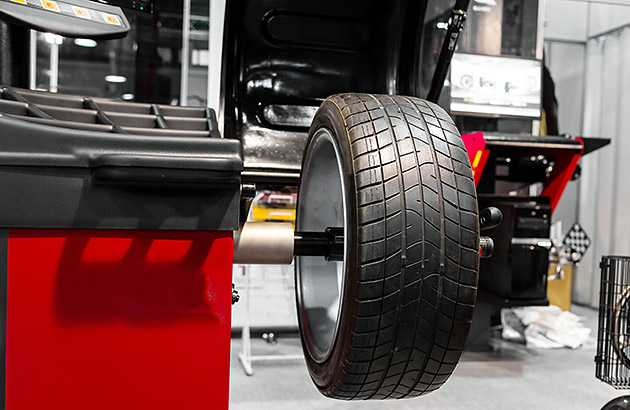
What is wheel alignment?
Wheel alignment is a process by which small adjustments are made to ensure all four wheels on your car are aligned correctly in relation to one another, meaning they are sitting parallel to one another and perpendicular to the ground. Correct alignment angles will be specified in your car’s manual.
Impacts such as running into a kerb or driving over potholes or any uneven surface may cause the wheels of your car to go out of alignment. Normal wear and tear can also gradually cause your wheels to become unaligned, as can any work that is done to your car’s suspension and steering.
When your wheels are properly aligned it ensures your tyres can move with less resistance on the road which improves vehicle handling, such as helping ensure the steering doesn’t pull in one direction. It also reduces excessive wear on your tyres.
RELATED:
How to check the wear on your tyres »
RELATED:
Choosing the right tyres »
Wheels can become misaligned through three different angles, known as caster, camber and toe.
When the camber of the wheels is incorrect, the top of the tyre will tilt either slightly inwards or outwards, when viewed front-on.
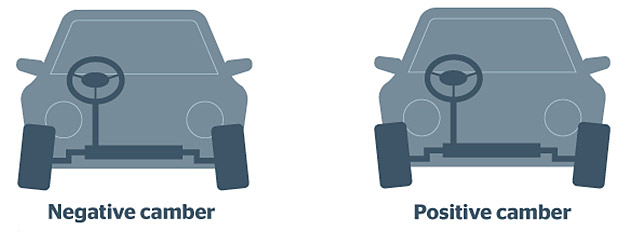
Incorrect toe will cause the tyres to point slightly towards or away from the centre line of your car.
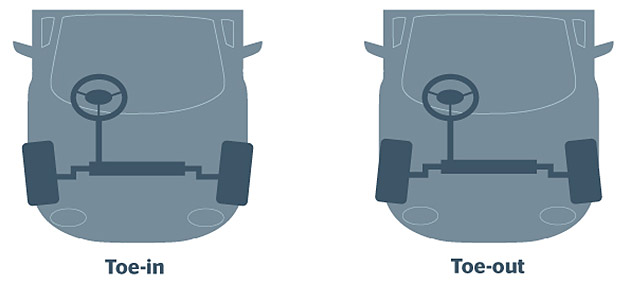
Caster is a tricky alignment to grasp but if you look at a wheel from the side and imagine a straight line that runs from the top to the bottom, the caster relates to variations in the angle of that line.
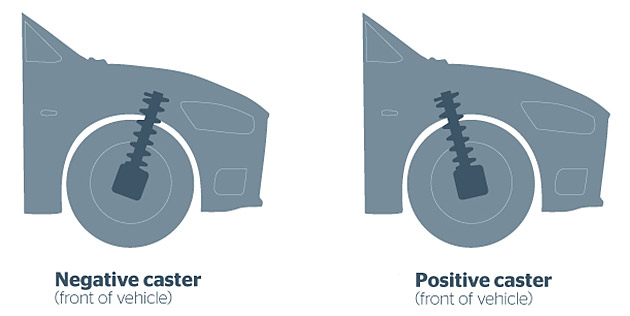
Wheels should be aligned approximately every 10,000km. Alignment should also be checked if your car suffers a significant impact to one or more of its wheels.
How do I know if my car needs a wheel alignment?
If your car’s steering seems to pull in one direction, either towards the centre of the road or towards the kerb while you’re driving, the wheels may need alignment. Other possible causes of the steering pulling in one direction are the brakes being out of adjustment or having uneven tyre pressures.
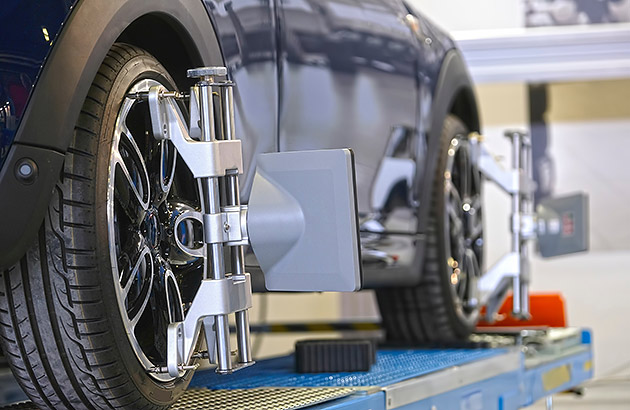
Tyre rotation
Rotating your tyres around the car can help prevent uneven tread wear. For many years it was a reasonably straightforward task. Today the variation of types of tyres fitted to vehicles can complicate the process. For example, the tyre diameters (tyre width) on some vehicles can vary from front to rear, so tyre rotation should only be done across one axle.
Conversely, tyres with uni-directional tread patterns can only be rotated from front to back on the same side. It’s best to follow manufacturer recommendations for tyre rotation.
Need a wheel balance or alignment during your next car service?
RAC members save 10% on labour at our nine metropolitan RAC Auto Services centres.
Last updated February 2021
